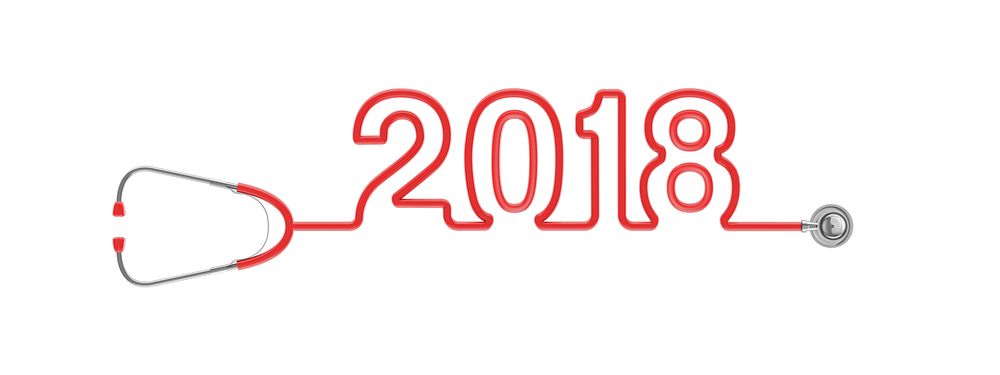
As we prepare to begin 2018, one question that forward-thinking managers wonder is, “What will the new year bring?” In the world of healthcare technology, strides were made in 2017 with electronic record integration, telemedicine, linking wearable devices to health initiatives, and much more. While there are always developments that no one anticipates in any year, what we know now can help us forecast the following trends for 2018.
Increased Cybersecurity for Patient Data
With 330 data security breaches in the healthcare industry in 2017 and a 525% increase in vulnerabilities in medical devices, a top priority for healthcare IT in 2018 will be stepping up precautions against cyber threats. Protecting networks and the medical devices on them will be key to safeguarding patients and keeping data private. A recent HIMSS Analytics study found that next-generation firewalls are a priority for many organizations to implement in the next few years, and most are also planning to increase employee training to prevent damage from future attacks.
Maturing Mobile Health and Patient-Generated Data
Mobile health technology has been around for some time, playing an increasingly significant role in connecting patients with their healthcare providers. In particular, 2017 showed mobile technology taking a central role in diabetes prevention and mental health care. Historically, data coming from patients has had questionable accuracy or quality, making for low adoption rates due to provider doubts. But recent advancements in biometric sensors and data collected by wearable devices have made it much easier to monitor patient data remotely and retrieve reliable data from patients.
Artificial Intelligence as Part of the Healthcare Team
There has been growing hype in 2017 about incorporating artificial intelligence into the healthcare workplace, to reduce errors and manual redundancy. This assistance could be crucial in a workplace where administrative tasks can take time away from providing personalized care to patients. Responsive technology, including what some experts call empathetic interfaces, can help guide mental health care, elder care, and even rehabilitation.
Enhanced Patient Portal Experiences
Patients often need to use one app or website to access their health information, and go to another location to pay bills or check their insurance records, making their healthcare technology experience unnecessarily awkward. In 2018, advances in interoperability could lead to more inviting user interactions, with information linked across different portals. If the healthcare industry treats patients more like consumers (say, airline or financial customers), increased patient satisfaction should lead to greater adoption of technologies that further enhance the quality of patient data, in turn making a richer user experience possible.
Duxware, which has 26 years’ experience with building, maintaining, and integrating software for medical providers, is one technology provider working to improve the user experience for healthcare providers and their patients. The integration of practice management software, electronic health records, and medical billing can streamline processes for everyone involved in the care experience and lead to better treatment in 2018.